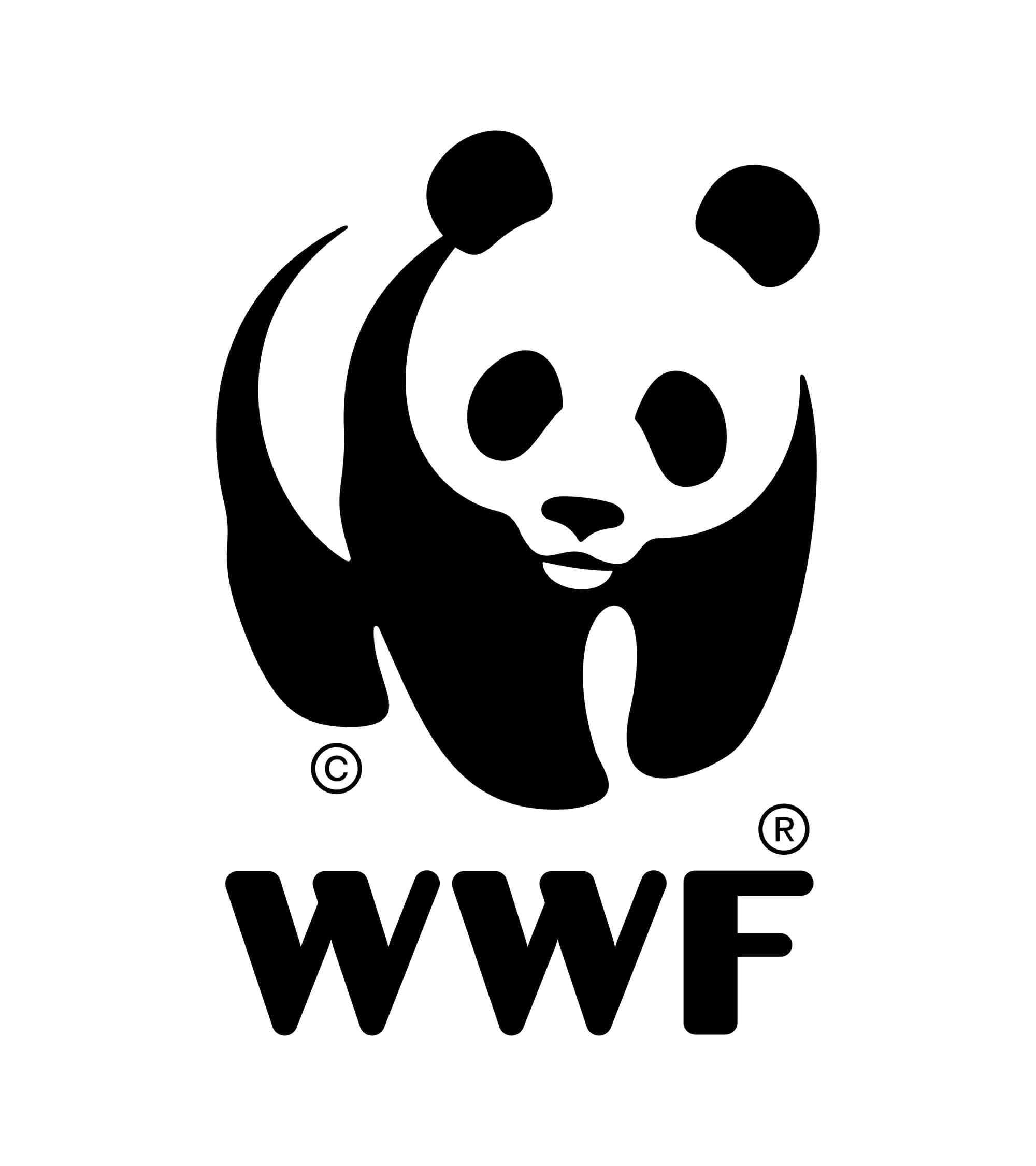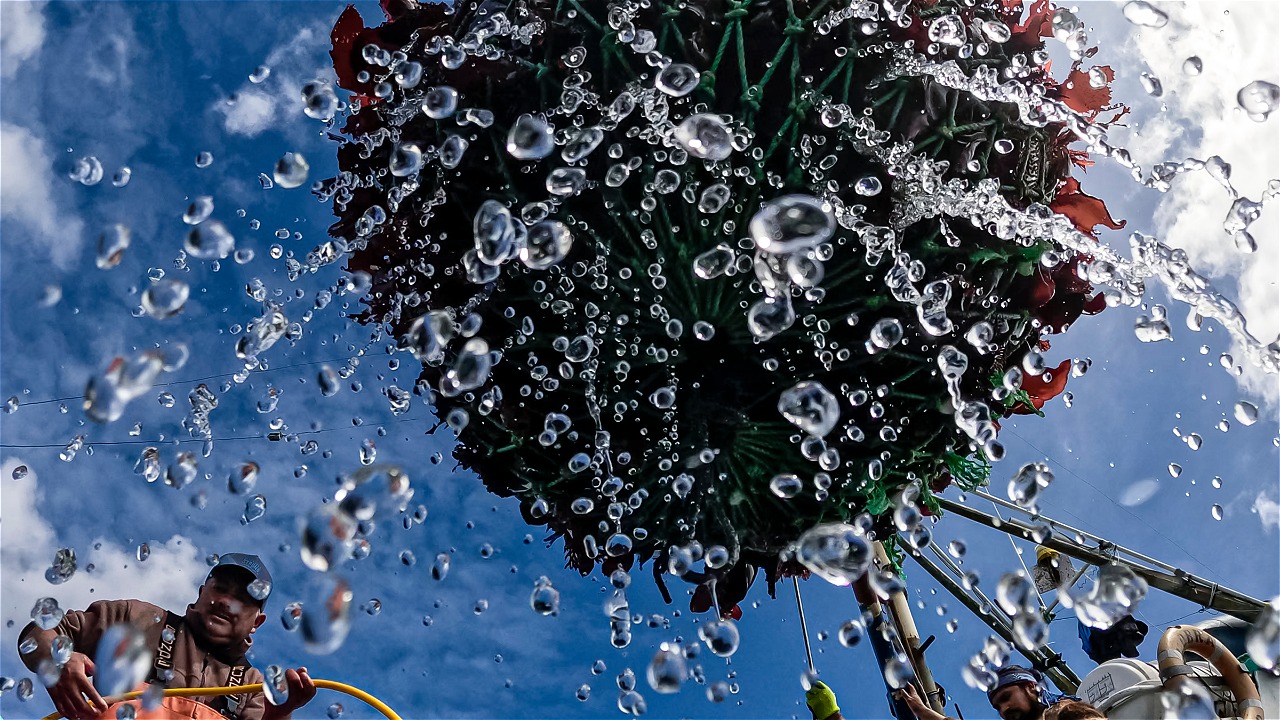BYCATCH MITIGATION EFFORTS MARINE BIOTA THREATENED EXTINCT AND PROTECTED IN GILLNET FISHING EQUIPMENT
Author: Novita Eka Syaputri
The fishery resources are damaged due to the development of unsustainable fishing technology (Atmaja et al. 2011). Modern fishing technology is thought to lead to direct and indirect fisheries crises, coupled with the unintended capture of other species that are part of the food chain within the ecosystem. This could have an impact on the destruction of marine biodiversity so that the solution must be sought immediately.
It is crucial for Indonesia to start to think of solutions to reduce the catch by various scales, both in artisanal fisheries and in industry. On the other hand, fisheries management in Indonesia is also a concern of the world community, especially the by-catch of protected species, such as turtles, marine mammals and seabirds. It is important to maintain the population of protected species without compromising the economic value of the fishing industry. The status of fisheries management in Indonesia will determine the bargaining position of Indonesian fishery products in the world market.
Wawan Ridwan, Director of WWF-Indonesia Coral Triangle Program, said that the food chain in the marine ecosystem must be kept in balance. For example sharks as top predators. ""WWF appealed to various parties to always pay attention and maintain the balance between utilization with the number of population in nature,"" he said when opening Workshop Training Light Gillnet Usage in Jakarta some time ago.
Mike Osmond of WWF-US, as the resource person in the workshop states that by-catch or bycatch is a threat to marine biodiversity. ""Bycatch is an issue that needs to be considered because the management is very complicated, takes a long time, and the cost is quite large."" He also shared his experience of the Smart Gear competition, which is a biennial competition held by WWF-US from 2005 to 2011 to seek the discovery or ideas of s that can be attributed to gill nets. Light nets by lights can create visual cues for turtles to avoid them. Thus preventing the turtle caught on the jarring gills.
Field Trip Before Light Stick Application in Paloh
WWF began working in Paloh since 2009. Paloh Beach stretching as far as 63 kilometers is the largest turtle nesting beaches in Indonesia and the second largest along peninsular Malaysia to Sulawesi. Paloh area itself is a region with a fishing activity that is very popular so that it becomes a challenge itself for turtle activity in the region. Politically, Paloh Beach is also adjacent to Malaysia.
The field visit to Paloh was conducted several days before the workshop which included the gathering of technical information, theory and learning in the use of gillnet and the potential of light stick application on gillnet in Indonesian waters, especially in the waters of Paloh Subdistrict, Sambas District as the pilot location of light stick adoption at gillnet.
After a discussion with WWF and NOAA on the use of gillnet light stick, most fishermen in Paloh expressed a desire to test light-stick usage to reduce the number of turtle bycatches. Fishermen in Paloh complain of turtle bycatch often cause net damage. When turtles are caught, fishermen have to spend six to eight hours to repair the nets. In addition, fishermen in Paloh still hold firm local wisdom not to harm turtles when caught. Local beliefs teach that turtles should be released immediately because they can bring bad luck.
""WWF hopes this is not just a research, but it is the first step towards the realization of environmentally friendly fishery technology,"" said Imam Musthofa, as Leader of WWF-Indonesia Fishery Program, while closing the Light Gillnet Training Workshop.





